Winning the War on Pet Hair: A Pro’s Guide to a Cleaner Home
I’ve spent more than a decade helping people get their homes back in order, and I’ve pretty much seen it all. But you know the one thing that sends homeowners over the edge more than anything else? Pet hair. It’s a constant battle. I’ll never forget a job in a house with two Siberian Huskies and a long-haired cat—the owner was just defeated, felt like she was living inside a fur blanket. We got the house back to baseline, but the real win was teaching her the systems to keep it that way. And that’s the secret: it’s not about cleaning 24/7. It’s about using the right tools and techniques.
In this article
Loving your pet shouldn’t mean surrendering your couch, your clothes, and your sanity to their fur. That hair weaves itself into everything and can feel impossible to remove. And it’s not just about looks; for anyone with allergies, it’s a genuine health issue. So, this isn’t just a list of random hacks. This is the complete system I use on the job, full of the hard-earned lessons that only come from years of practice.
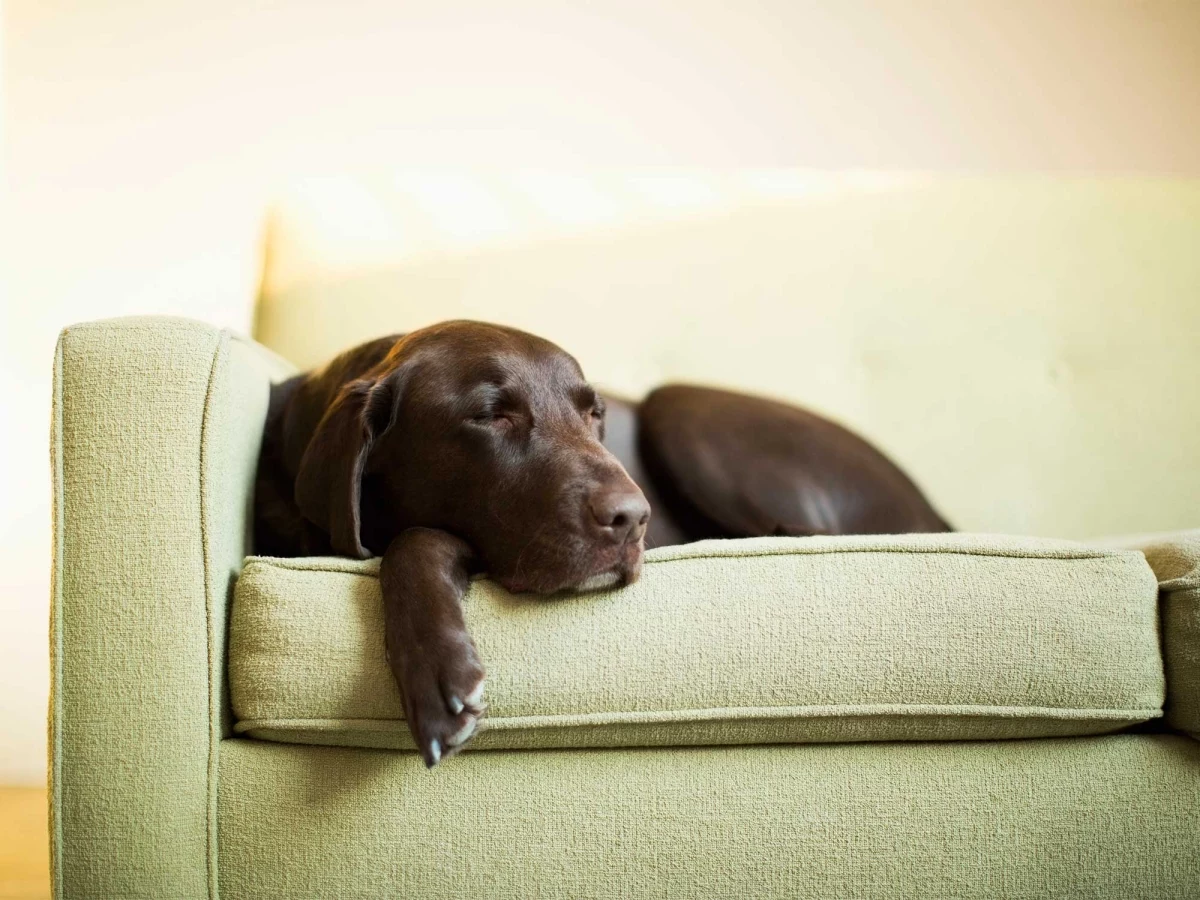
First, Understand the Enemy: Why Pet Hair Is So Stubborn
Before you can really fight back, you need to know why pet hair is so ridiculously clingy. It’s not just sitting on your floor waiting to be picked up. Forgetting this is why most people’s efforts fall flat.
First off, let’s talk about static electricity. As your dog or cat roams around, their fur literally generates a static charge. This makes loose hairs leap onto and grip surfaces like baseboards, furniture, and even walls. It’s the reason you can wipe down a table, turn around, and see new hairs already there. They’re being pulled right out of the air.
Then there’s the structure of the hair itself. Many pets, especially those with double coats like German Shepherds or Golden Retrievers, have two kinds of fur. You’ve got the longer, smoother guard hairs on top, and then the soft, dense undercoat. That undercoat is the real culprit. Its fine, almost crinkly texture lets it worm its way deep into fabric weaves. Once it’s in, it tangles and interlocks with the fibers, making it a nightmare to remove with just a vacuum.
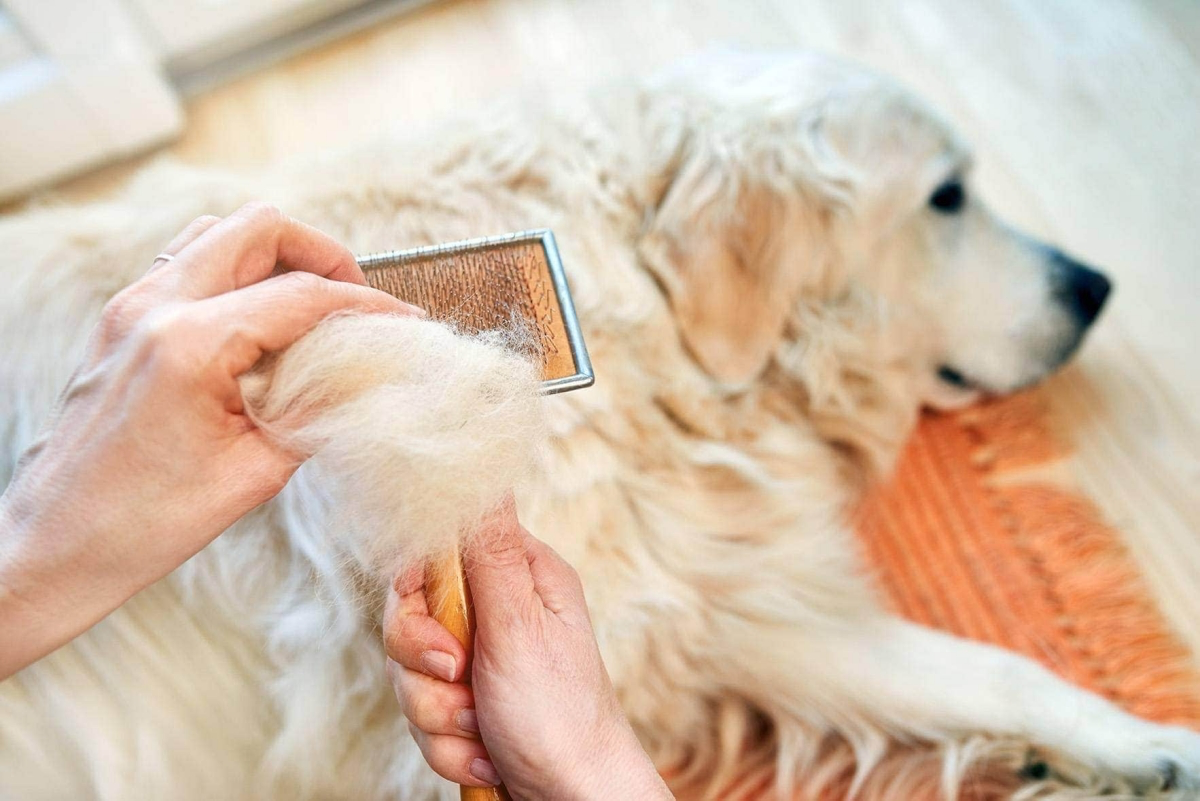
Knowing this changes everything, right? You’re not just picking up fluff. You’re fighting static and physically untangling tiny fibers. That’s why the pro techniques are all about breaking that static bond and agitating the fibers before you even think about collecting the hair.
Your First Line of Defense: Grooming at the Source
You will never, ever win a purely defensive battle here. The single most important thing you can do is be proactive. Think about it: every single hair you pull off your pet with a brush is one less you have to chisel out of your sofa later.
And I don’t mean a quick, lazy brush-over. You need the right tool for your pet’s specific coat. This is always the first thing I check with new clients. Using the wrong brush is just a waste of time and can even be uncomfortable for your animal.
-
For Medium-to-Long Fur (like Collies or Poodles): A Slicker Brush is your go-to. They have fine, short wires packed together that are amazing for removing loose fur and getting through small tangles. Just use gentle pressure so you don’t irritate their skin. You can find a decent one for between $10 and $20 at any pet supply store.
-
For Double Coats (Shepherds, Huskies, Retrievers, Bernese): The Undercoat Rake is non-negotiable. Seriously. It’s a game-changer. This tool looks like a small rake and is designed to glide through the topcoat and pull out all that soft, dead undercoat that would otherwise end up in clumps on your floor. Using one of these for 10-15 minutes a week during shedding season can cut the fur in your house by more than half. They usually cost between $15 and $30, and they’re worth every penny.
-
Quick Tip for the Undercoat Rake: People are sometimes nervous about using these, but it’s simple. Always brush in the direction the fur grows, using short, gentle strokes. Don’t press down hard—let the tines do the work. After a few passes, pull the collected fluff out of the rake and be amazed at the pile you create.
-
For Short, Smooth Coats (Boxers, Pugs, Beagles): A Bristle Brush or a Rubber Curry Brush is perfect. The bristle brush is great for grabbing surface hair and distributing their natural skin oils. The rubber brush is my personal favorite, though. The rubber nubs create friction that loose hair just can’t resist, and pets usually love the massage-like feel. They’re super cheap, too, usually around $10.
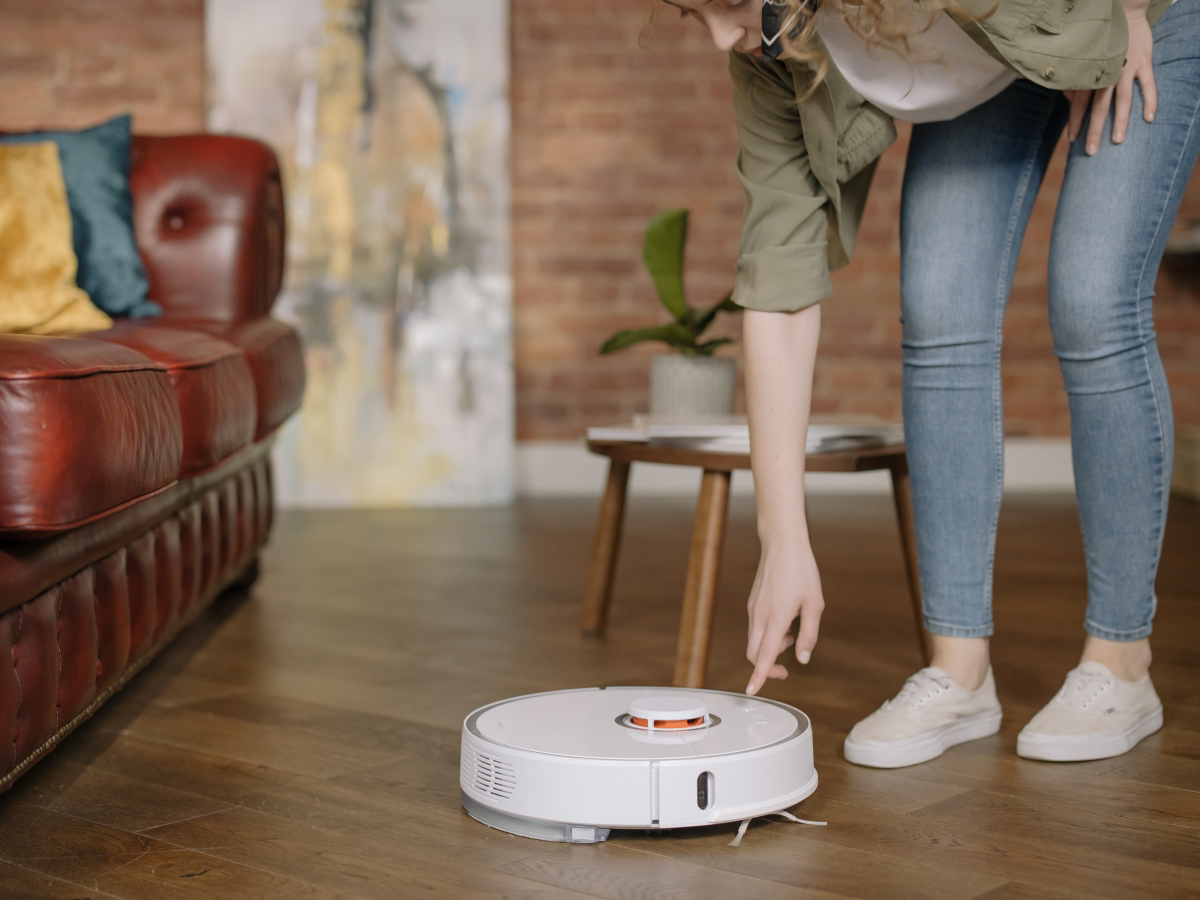
Oh yeah, a quick story. Early in my career, a client with a Golden Retriever insisted that their daily brushing with a simple bristle brush wasn’t helping. I brought my own undercoat rake and, with their permission, showed them how to use it. In ten minutes, we had a pile of fluffy fur the size of a throw pillow. They were floored. They’d only been brushing the top layer while the undercoat was shedding like crazy underneath. Always match the tool to the job!
Your Fur-Fighting Toolkit: Gear That Actually Works
Your cleaning equipment can make or break your success. This isn’t about buying the most expensive stuff, but the most effective stuff.
The Right Tools for Furniture & Fabrics
Let’s be honest, the couch is ground zero. Before you even grab the vacuum, you need to dislodge the hair.
Quick Win You Can Try Right Now: Don’t have any special tools? Go grab a rubber dish glove, dampen it slightly with water, and wipe your hand across your sofa or upholstered chair. The friction will cause the fur to magically ball up, and you can just pick it off. See? You’re already using the science of friction to your advantage!
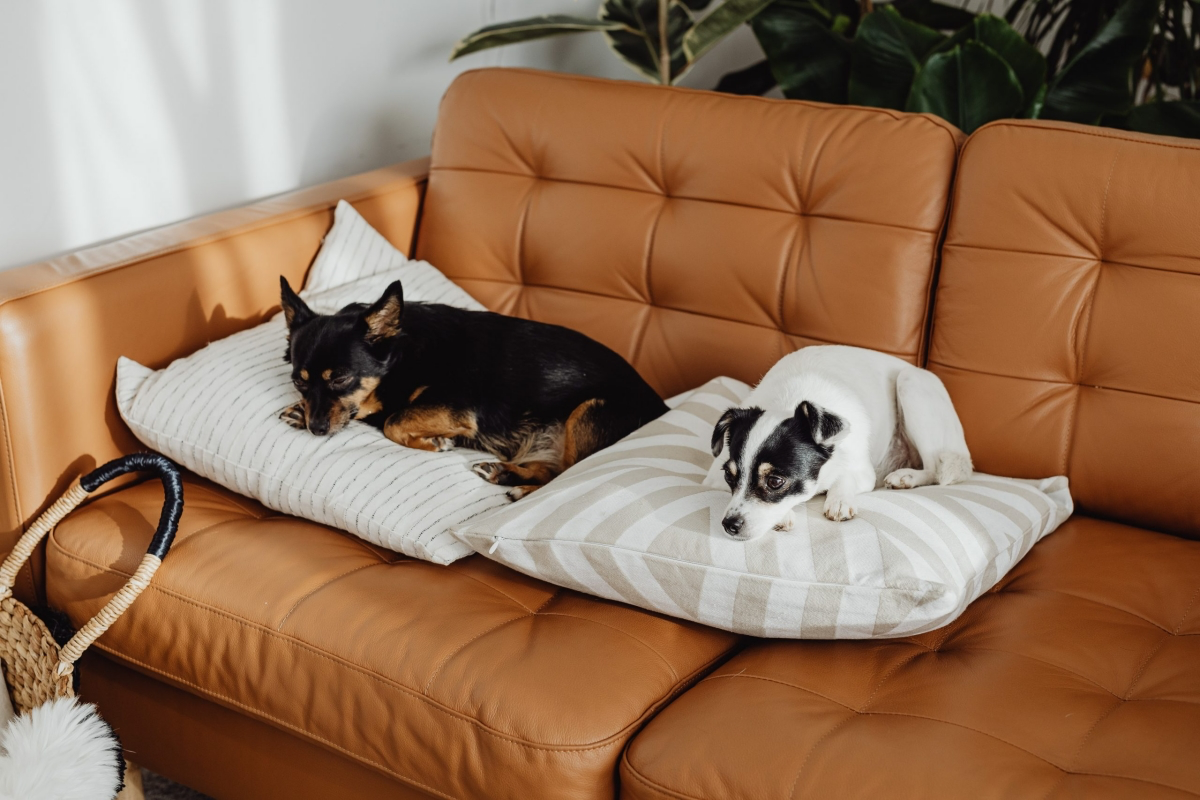
For a more permanent tool, a simple window squeegee works wonders on carpets and durable upholstery. Just drag the rubber blade across the surface, and you’ll see it pull up an incredible amount of embedded hair. You can get one for under $10 at any hardware store.
By the way, if you’re ever in the market for a new sofa, keep this in mind: leather and tightly woven materials are your friends. Loosely woven fabrics, corduroy, and velvet are absolute hair magnets.
Let’s Talk Vacuums
A standard, cheap vacuum cleaner just isn’t built for this. For a home with pets, you need a machine designed for the challenge. When you’re shopping, look for three key features:
-
Strong, Consistent Suction: This is a must for pulling hair from carpet fibers.
-
A Tangle-Free Brush Roll: Newer models have brush designs that automatically cut or remove hair as you vacuum, so you aren’t spending your time cleaning the cleaner. It’s a huge quality-of-life improvement.
-
A Sealed HEPA Filter System: This is critical for allergy sufferers. A sealed system ensures that the microscopic dander and allergens the vacuum picks up actually stay in the machine, instead of being blown right back out into the air.
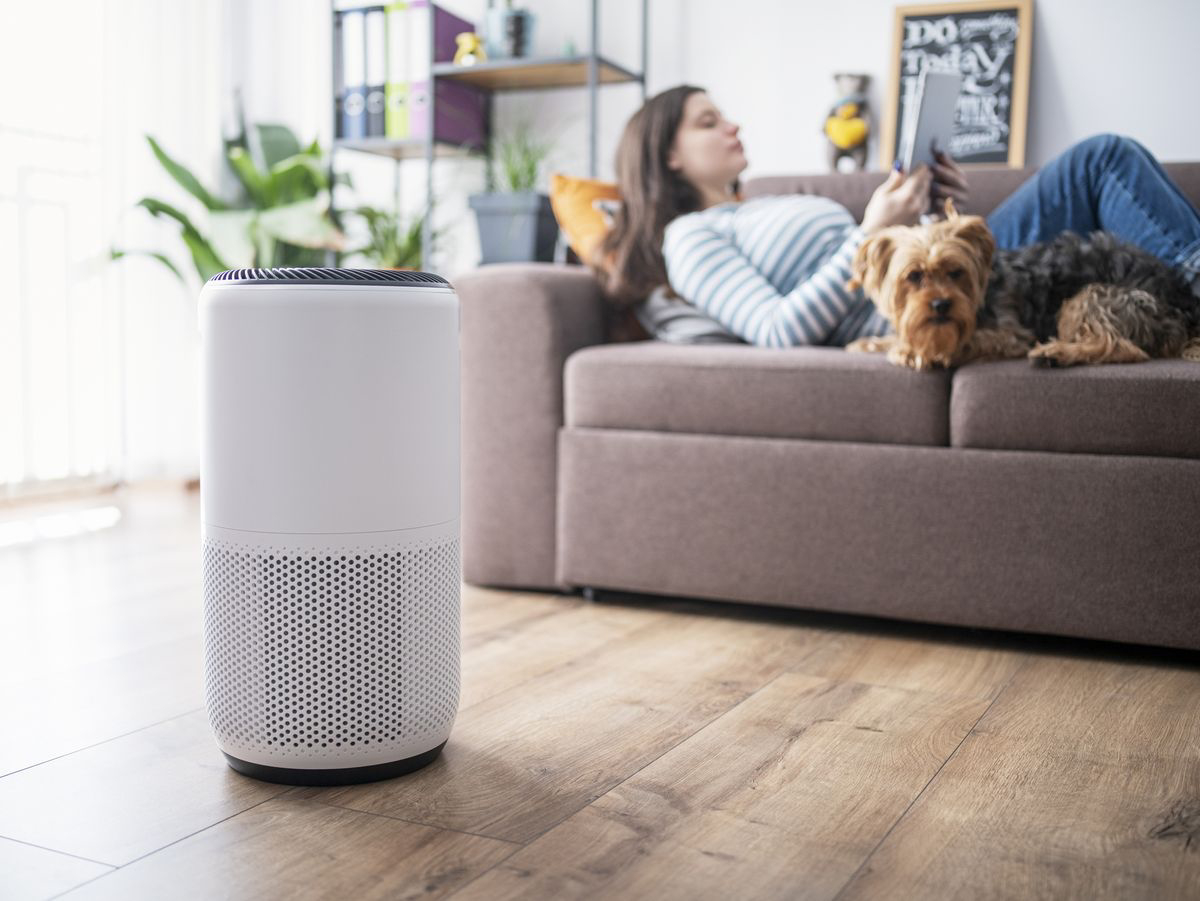
To be frank, you should expect to invest between $250 and $600 for a quality pet vacuum that will last and do the job right. It feels like a lot, but it pays for itself in time and frustration saved.
Putting It All Together: Your Weekly Battle Plan
Okay, so you have the right tools. Now what? It’s all about creating a simple, sustainable routine. This isn’t a 3-hour deep clean every day.
-
The Daily Tidy-Up (5-10 Minutes): This is your maintenance. Keep a rubber brush or a lint roller near the couch for quick de-furring of your favorite spot. If you see a small fur tumbleweed, grab it. This quick pass prevents major buildup.
-
The Weekly Reset (30-60 Minutes): This is your main cleaning session. And here’s a pro-tip that saves so much effort: always clean from top to bottom. Start by dusting shelves and surfaces. Then, use your squeegee or rubber brush on the furniture. Then, and only then, do you vacuum the floors. If you do it in the wrong order, you’re just knocking dust and hair down onto your freshly cleaned floors.
-
Laundry Day Pro-Tip: To get more hair off clothes and pet beds in the wash, try adding a half-cup of plain white vinegar to the rinse cycle. It helps relax the fabric’s fibers, making them release the trapped hair more easily. Throwing a few wool dryer balls into the dryer helps, too—they knock the hair loose so it can get caught in the lint trap.
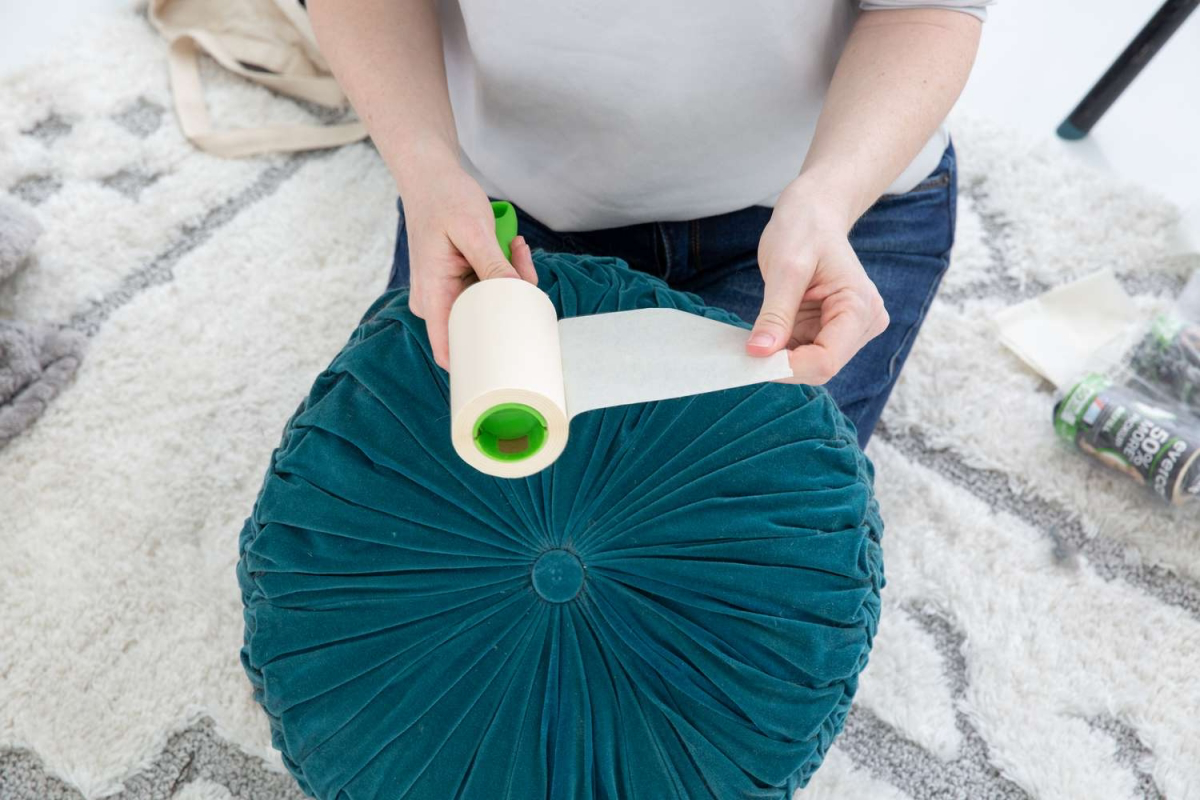
And that’s really it. It’s a system. Proactive grooming, the right tools for the job, and a smart, consistent routine. You can absolutely love your pet to pieces without feeling like you live in a kennel. It just takes a little know-how.
Galerie d’inspiration
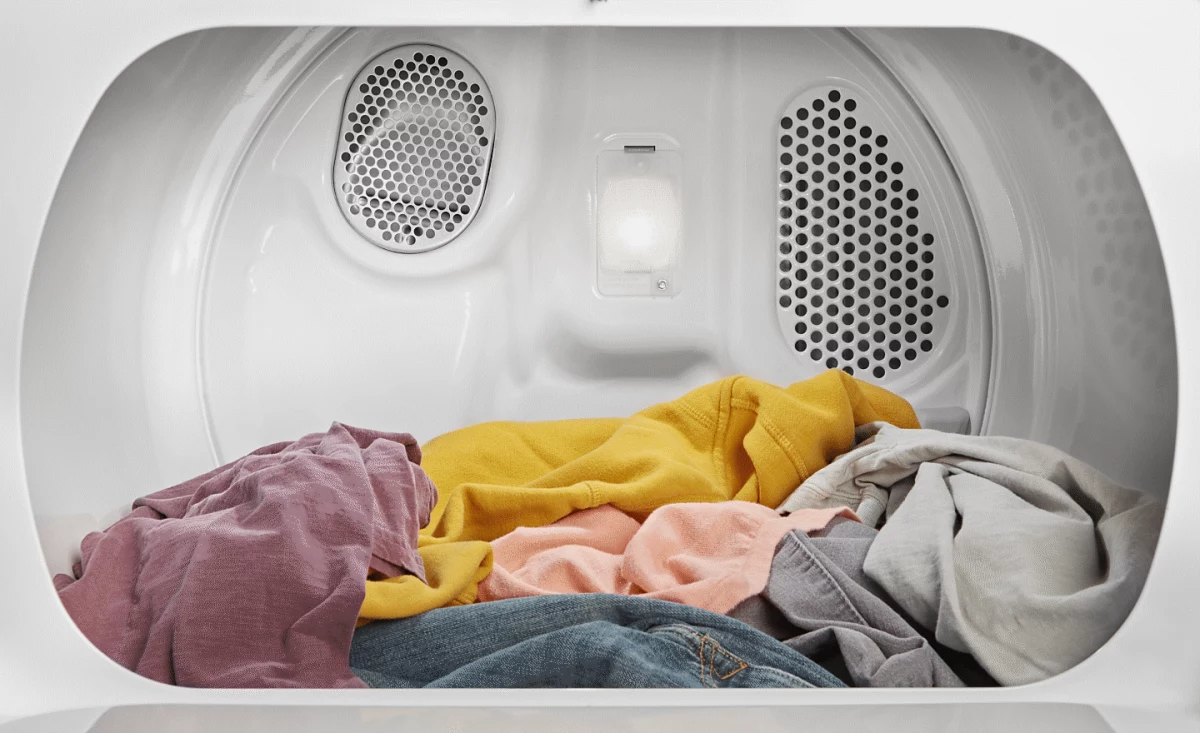

What’s the best tool for grooming, a brush or a glove?
It depends on your goal. For a deep, weekly de-shedding session on double-coated dogs like Huskies or Retrievers, nothing beats the targeted power of a tool like the FURminator. It’s designed to reach through the topcoat and gently remove the loose, dense undercoat. For daily maintenance, especially on short-haired breeds or cats who dislike brushing, a silicone grooming glove is fantastic. It feels like a petting session but effectively traps loose hairs before they have a chance to fall, all while distributing natural oils for a healthier coat.
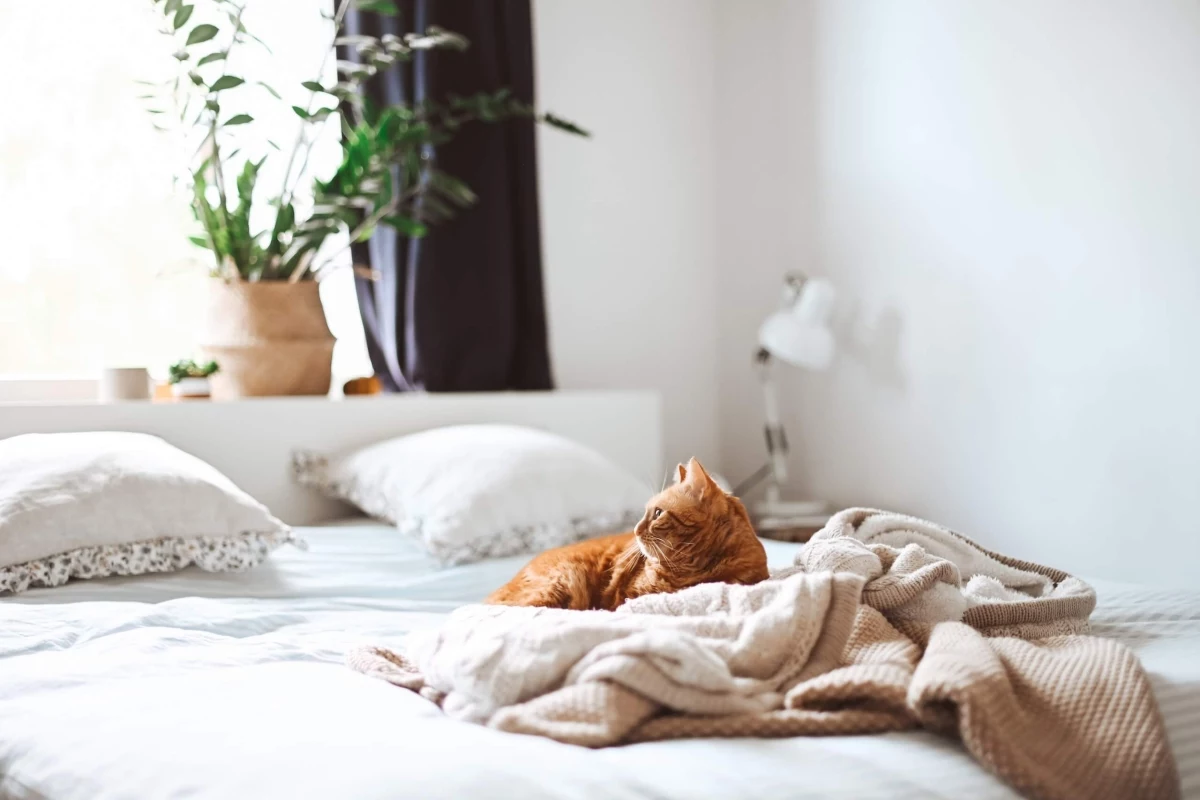
A single gram of dust can contain up to 100,000 dust mites, whose waste is a major allergen, often compounded by pet dander.
This is why tackling airborne particles is as crucial as vacuuming the floor. A quality air purifier with a True HEPA filter is your silent partner in the war on fur. It captures not just the visible hair floating around, but also the microscopic dander that triggers allergies. For homes with heavy shedders, consider a model from a brand like Levoit or Coway with a dedicated, washable pre-filter to catch the larger hairs, which helps the main HEPA filter last longer and work more efficiently.
The ultimate laundry hack: Run a pre-wash dry cycle. Before you add any water or detergent, toss your fur-covered clothes and blankets into the dryer on a low-heat or no-heat air-fluff setting for 10 minutes. The tumbling loosens the statically-charged hairs from the fabric, and the machine’s airflow whisks them straight to the lint trap. You’ll remove the majority of the fur before the wash cycle even has a chance to weave it deeper into the fabric.










